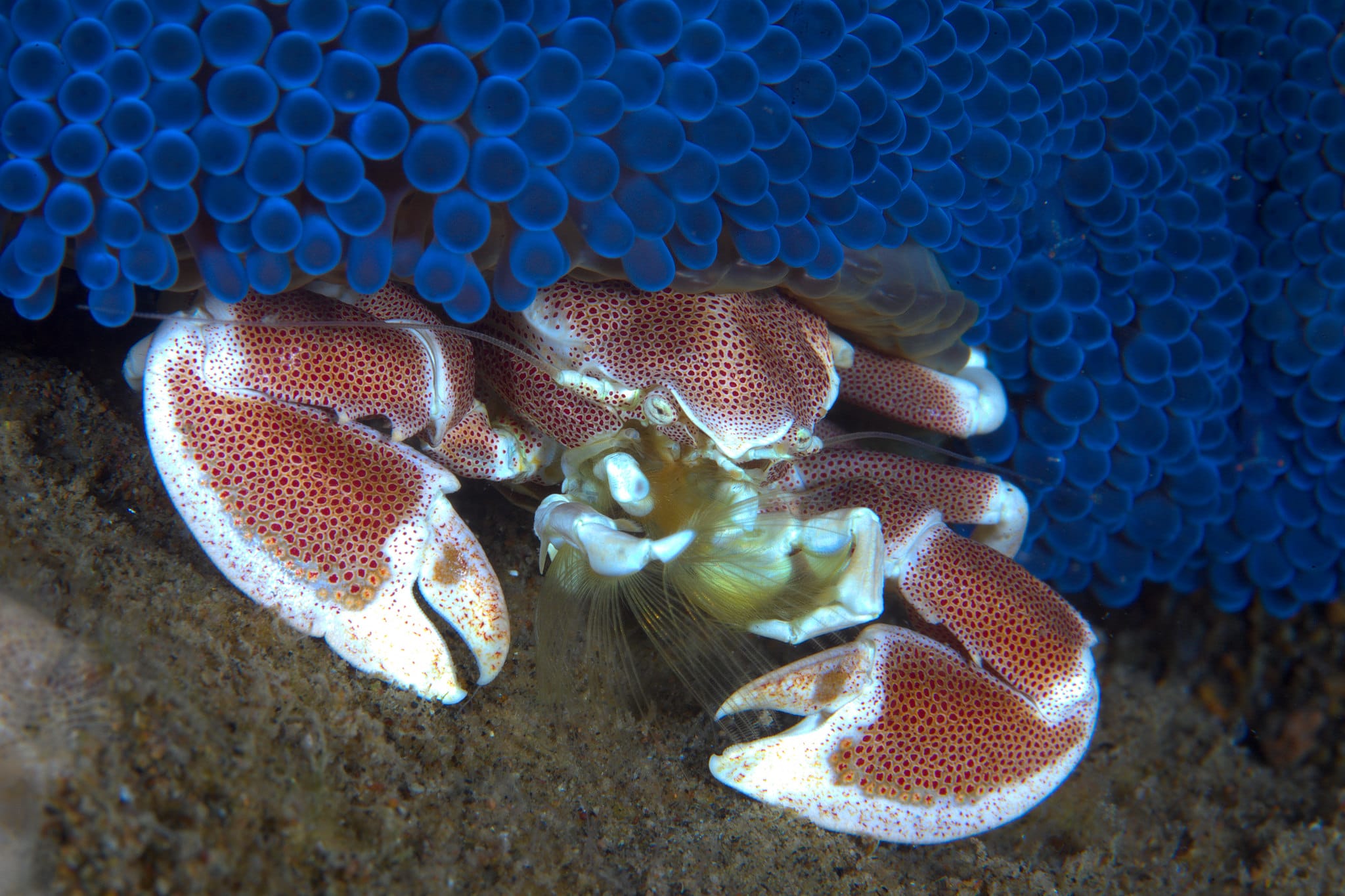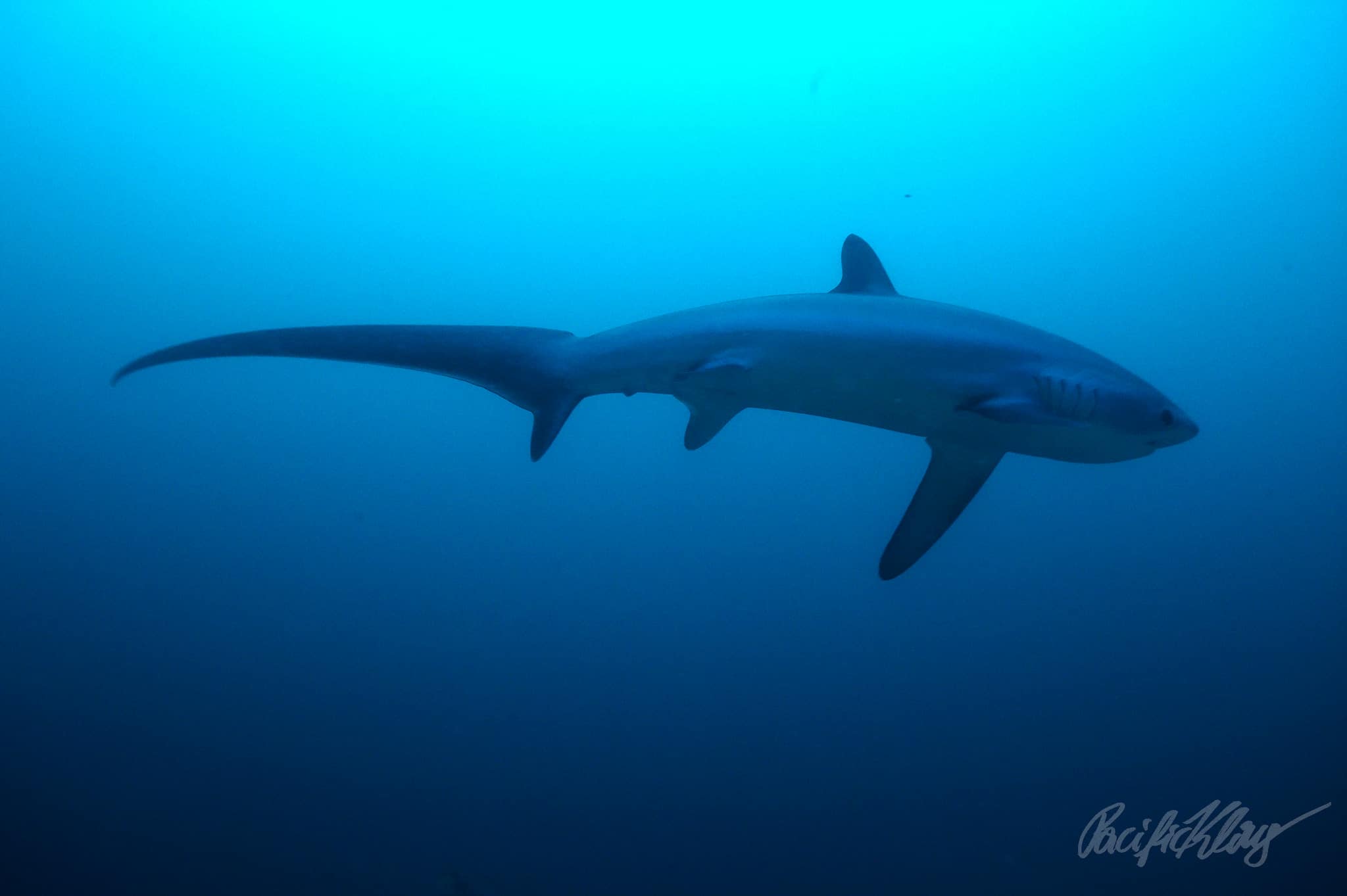Whale sharks, thresher sharks, historical wrecks, UNESCO heritage sites, liveaboards, pristine reefs and great drift dives are just some of the features of diving the Philippines. The Philippines has been a best kept secret for some divers for decades but it is becoming more widely known as a dive destination.
The Philippines
The Philippines is made up of over 7,000 islands. While within the coral triangle,the Philippines has not had a very good reputation in the past. Most diving locations were hard to get to, coral reefs damaged by destructive fishing practices and poor infrastructure left divers looking elsewhere. That reputation and reality is rapidly changing and the Philippines is emerging as a truly incredible dive destination. A number of factor is causing this turn around, including a tourism law that promotes infrastructure development and gives real power to the Philippine Commission on Sport Scuba Diving and credit must also be given to dedicated resort owners. The Philippine Commission on Sport Scuba Diving (PCSSD) has been around for decades and while it had the power to regulate the dive industry it had no authority to enforce its regulations and no budget for education. Now PCSSD is regulating the industry, creating environmental guidelines dive facilitates must follow, educating fisher folks on conservation, requires dive operators to be certified by an international accreditation agency, is establishing an hyperbolic chamber network and establishing safety standards. While compliance is not at 100% yet, there has been drastic improvements.

How to Dive the Philippines
A decade ago, you had about three major diving destinations within the Philippines and a few liveaboards that only operated three months a year. The Department of Tourism and the PCSSD assisted local governments to develop a dive industry in a number of small villages and towns, mostly in the middle section of the country. Here divers will find coral reefs in excellent condition and a destination focused n scuba diving. Divers now have dozens of destinations and over 100 dive operators. The Liveaboards in the Philippines have also changed. There are now 12 liveaboard operators offering 15 liveaboards. Of these 10 operate year round (2 split the year with Palau).
Where to Dive in the Philippines.
The Philippines is within the area scientist and tour operators call the Coral Triangle. The WWF describes it as
“The Coral Triangle, the global center of marine biodiversity, is a 6 million km2 area spanning Indonesia, Malaysia, the Philippines, Papua New Guinea, Timor Leste and the Solomon Islands. Within this nursery of the seas live 76% of the world’s coral species, 6 of the world’s 7 marine turtle species, and at least 2,228 reef fish species.”
There are a few locations that stand out from the rest.

Tubbataha Reefs Natural Park
Tubbataha Reefs Natural Park is an 97,030-hectare Marine Protected Area (MPA) and an UNESCO World Heritage Site. It is located in the middle of the Sulu Sea with the westernmost Philippine province Palawan 120 kilometers away. The focus of the park are two coral atolls and a small coral island that have a total of 10,000 hectare about 39 square miles of coral reefs. This destination is only by dive boats that do 5 to 7 day trip departing from Puerto Princesa City which is 150 kilometers away. Puerto Princesa City is reachable by air from Manila and other major cities in the Philippines. Due to sea conditions in the Sulu Sea diving is only allowed from March to June of each year. Divers will find pristine conditions and:
- 360 species of corals (about half of all coral species in the world)
- 600 species of fish
- 13 species of dolphins & whales
- 11 species of sharks
Diving Occidental Mindoro
Occidental Mindoro is one of the larger islands of the country and easily reached from Manila within a few hours by land transportation and a ferry. There are two or three destinations that attract divers. Puerto Galera and Verde Island passage are generally considered separate destinations, however, most of the divers visiting the passage are on day boats out of Puerto Galera. The other destination is the Apo Reef National Park.
- Puerto Galera was the first destination to catch international acclaim and the first area developed for the international market decades ago. It is not uncommon to see two or even three dive sites from here mention in list of the top 25 Best Sites in the World. The location is seldom impacted by storms and when they do show up, the area is shaped in such a way that some dive sites will always be protected.
- The Verde Island passage is a marine scientist dream destination. Located between Occidental Mindoro and the main island of Luzon the passage is prone to storms and is noted for its strong currents at times. These currents have created a haven for marine life, with massive coral development, pelagics, small species and large concentrations and variety of reef fish. Scientist are frequently in the passage for studies and they routinely discover new species.
- Apo Reef is the second largest contiguous coral reef in the world and the largest one in the Philippines. The Apo Reef National Park was founded in 1996. The park has three uninhabited islands, Apo Island is the largest at 22 hectare. Be careful not to confuse this island with Apo Island Negros Oriental which is 100s of kilometers away and is a well respected dive destination in its own right. The reef is often compared to Tubbataha Reefs. Apo reef has slightly more types of coral but less variety of reef fish. However, most divers will not be able to tell the difference.
Diving Cebu
To keep your confusion down a brief explanation. The name Cebu applies to the city, the island and the province (state). Cebu Island itself is long and narrow, stretching 196 kilometers (122 mi) from north to south and 32 kilometers (20 mi) across at its widest point. The Province of Cebu includes the island of Cebu and 170 smaller islands. Cebu city is the largest city in the province and the capital of the province. The city’s population is just shy of a million people but the metropolitan area is over 2.5 million people. Mactan Island is just off shore of Cebu city and connected to it by bridge. It is home of the Mactan-Cebu international airport and outstanding diving.

You can say that the four compass points each offers outstanding diving and with a different taste. Mactan off the east coast has massive coral gardens and is well known for its drift diving. On the west coast is the Tanon Strait, the strait is a transit lane for many species of sharks and rays as well as the home for many. Sardines are common and are found in large balls. Turtles and also found here, the visibility is very good. Moalboal is the center of diving here. To the north just off the far northern tip is Malapascua island. A shoal just off the island is the only location in the world where Thresher Sharks are consistently found. Thresher shark dives are done daily. There are a few major wrecks near by and seldom seen species including Mandarin fish. The south point is Sumilon Island know for outstanding diving.
Other Areas
- Bohol was once known only for the Chocolate Hills, but now scuba diving is taken over as the thing Bohol is known for. Outstanding diving and growing in popularity. Great reefs and a large population of hammerheads.
- Coron island is known for its collection of WWII wrecks.
- Apo Island Negros Oriental, high biodiversity mixed with huge coral gardens.
- Subic Bay is known for its wreck diving including the armor cruiser USS New York. New wrecks frequently discovered, all within 15 minutes of any dive center. Also the technical diving center of the Philippines.
What ever type of warm water diving you are looking for you will find it in the Philippines.

